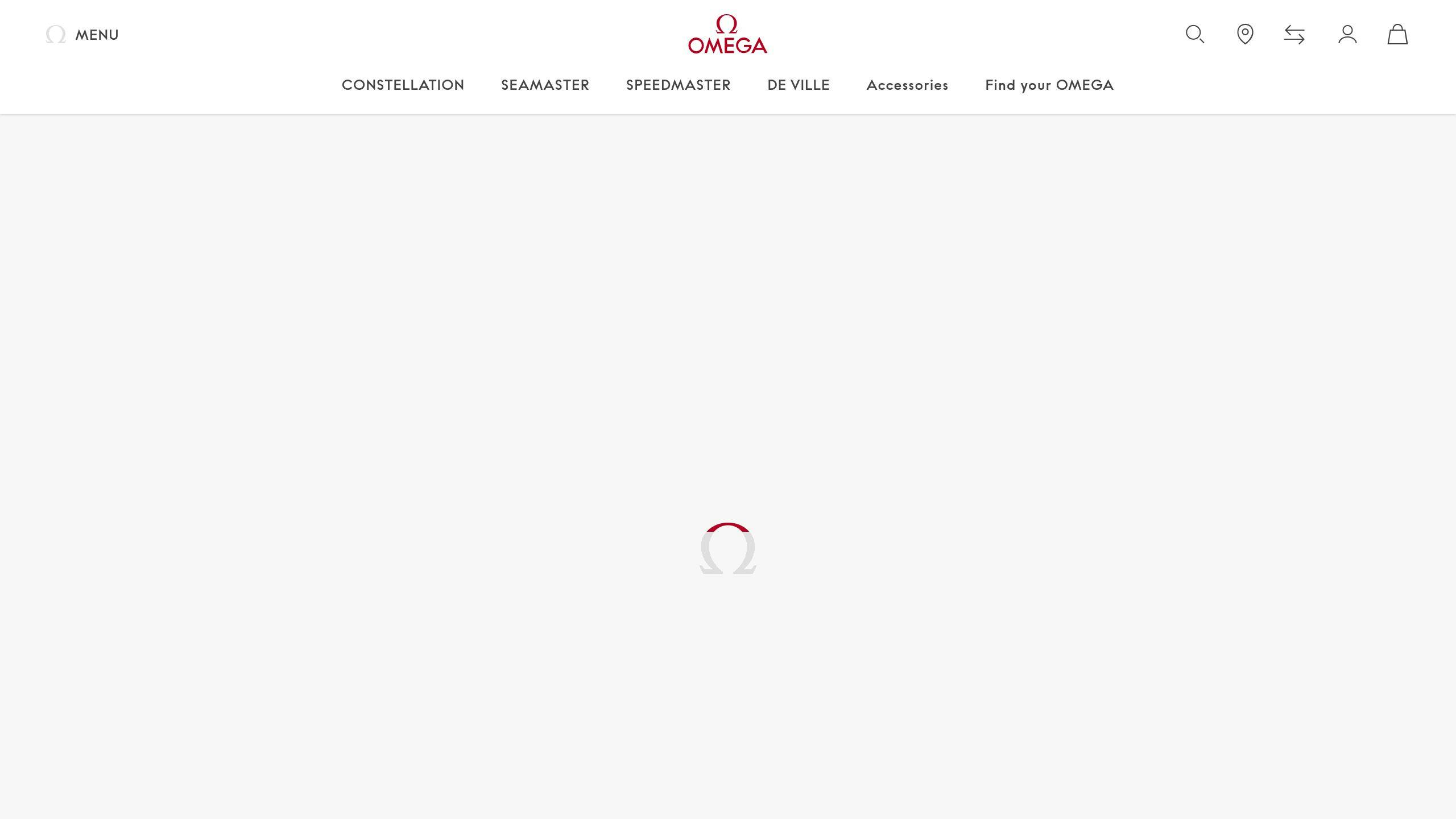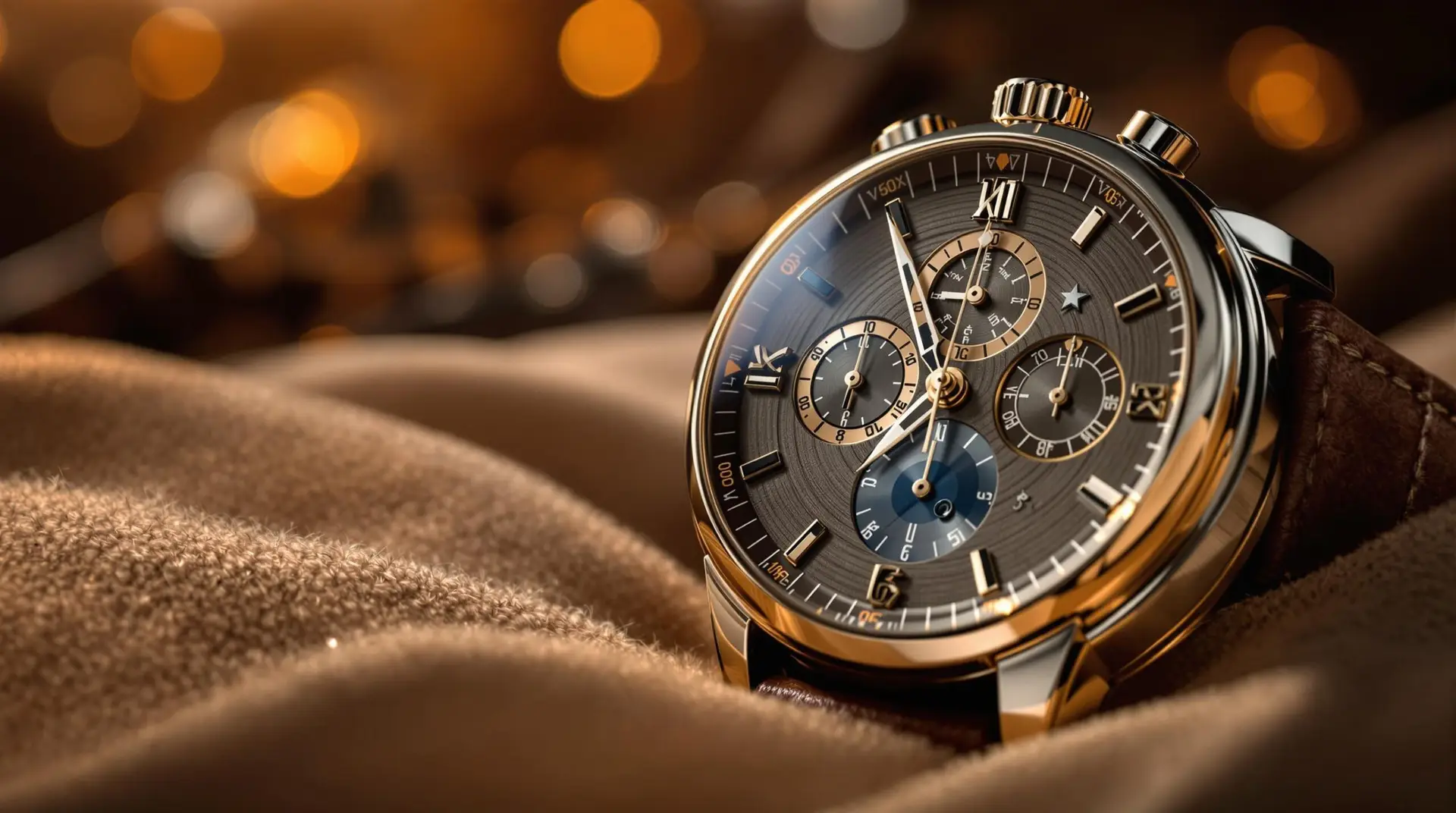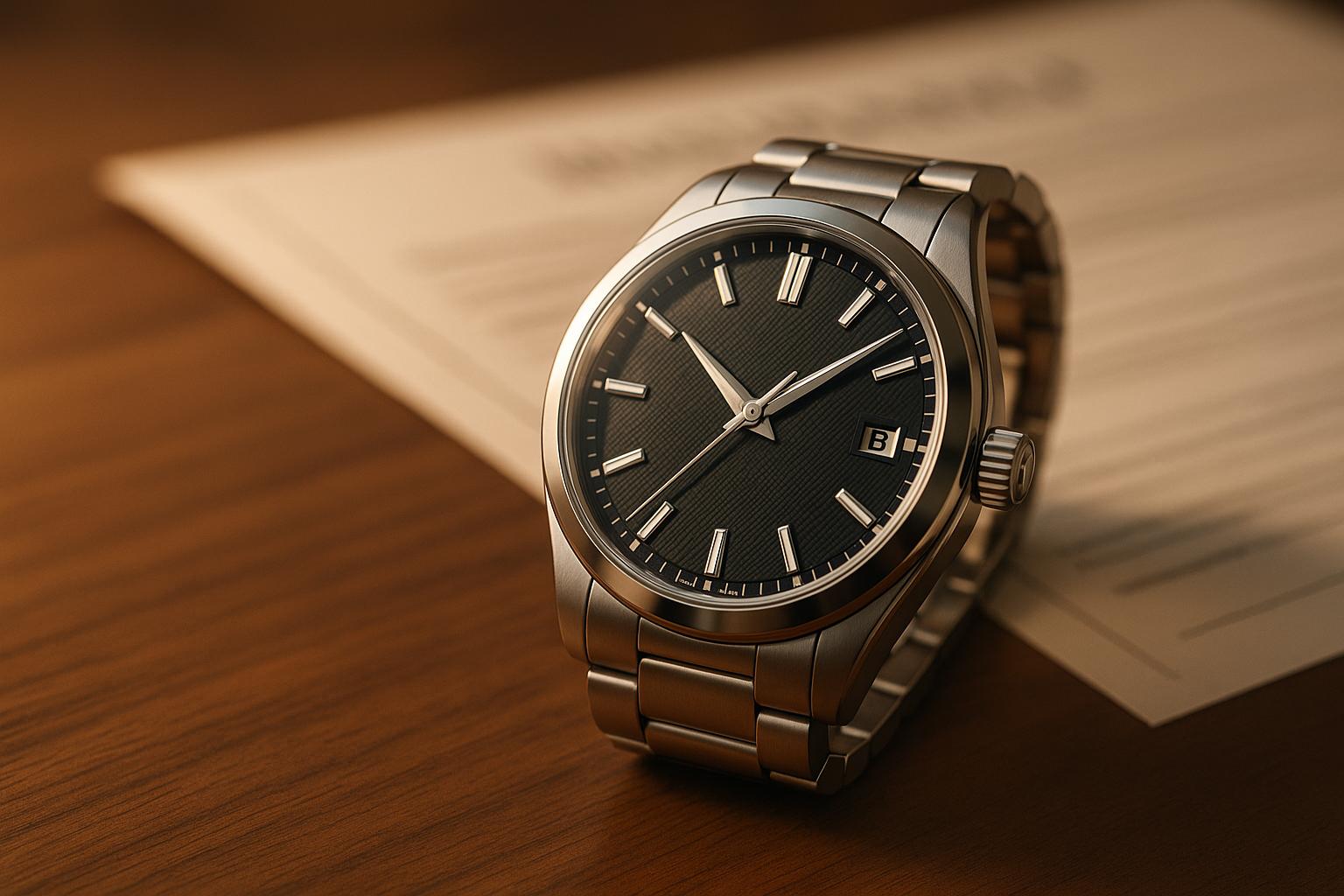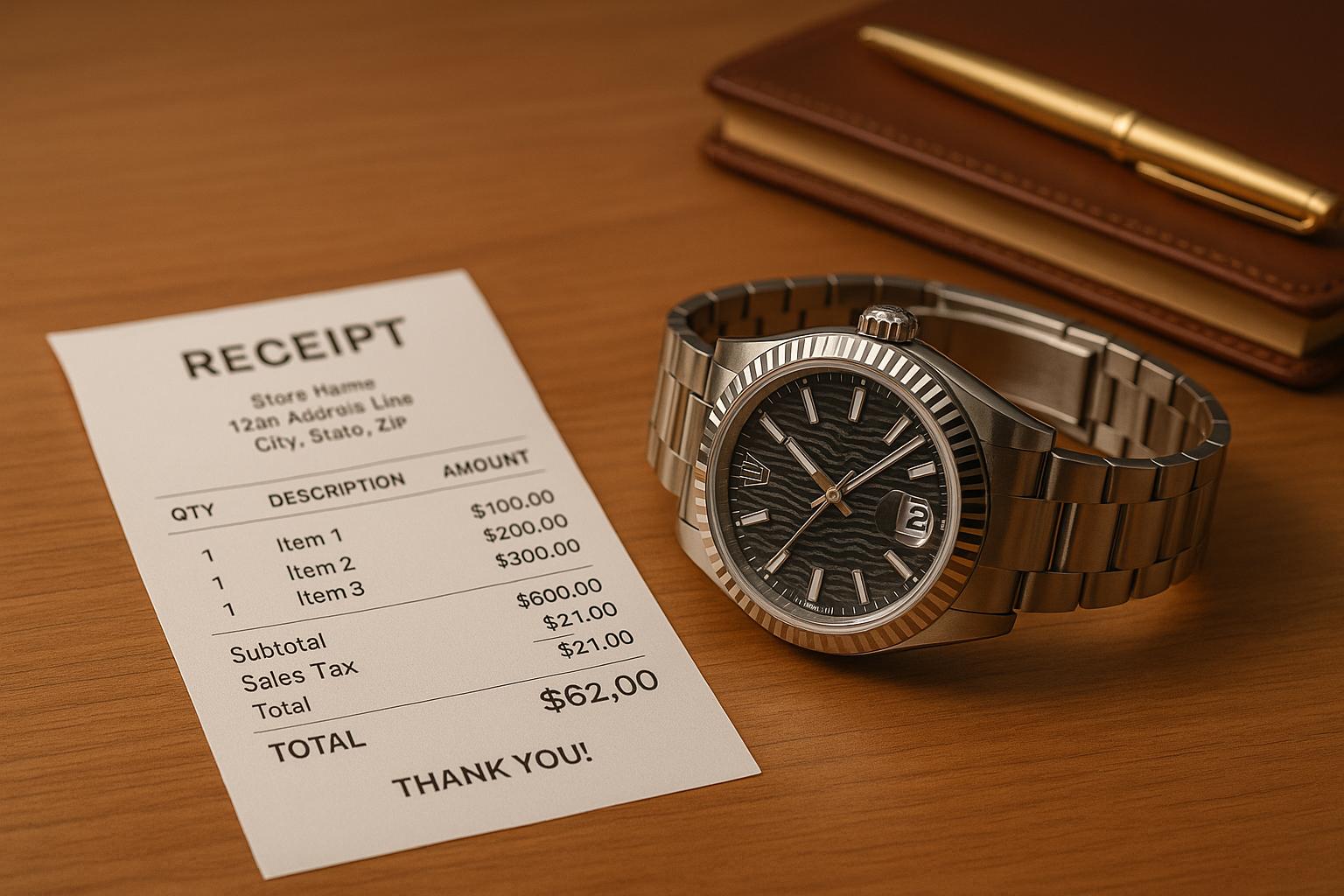Luxury watch warranties can significantly impact resale value and buyer confidence, especially in the growing secondary market. Here’s what you need to know:
- Rolex: Warranties are fully transferable and tied to the watch, not the owner. Requires the original warranty card.
- Omega: Transferable with a stamped and dated warranty card.
- Cartier: Offers an 8-year extended warranty if registered online.
- Patek Philippe: Non-transferable in the U.S., but transferable in Europe.
- Audemars Piguet: Limited transferability requiring the original warranty card.
Key Takeaways:
- Warranties boost resale value by 15-20%.
- Documentation like warranty cards and service records is essential.
- Repairs by unauthorized parties can void warranties.
Quick Comparison Table:
| Brand | Warranty Duration | Transferability | Key Requirements |
|---|---|---|---|
| Rolex | 5 years | Fully transferable | Original warranty card |
| Omega | 5 years | Transferable | Stamped and dated warranty card |
| Cartier | 8 years (extended) | Conditional | Online registration |
| Patek Philippe | 24 months | Limited (varies by region) | Certificate of Ownership intact |
| Audemars Piguet | 15 months | Limited | Original warranty card from dealer |
Proper documentation and servicing through authorized centers are crucial to maintaining warranty validity and resale value. Keep records intact to safeguard your investment.
Watch Brand Warranty Policies
When buying or selling luxury watches on the secondary market, it’s crucial to understand how different brands handle warranty policies. Each manufacturer has its own rules about warranty transferability, and these can differ widely.
Rolex 5-Year Warranty Rules

Rolex stands out with its simple and user-friendly warranty policy. Their five-year international warranty is linked to the watch itself, not the owner. This means the warranty remains valid even if the watch changes hands during the coverage period. The warranty card is key for validation, making it an essential part of any sale or purchase.
Omega and Cartier Warranty Terms

Cartier expanded its warranty to eight years in 2019 through the Cartier Care platform. This extended warranty is available for watches still under their original two-year coverage, but owners must register online to activate it.
Omega, on the other hand, requires a correctly stamped and dated warranty card to validate claims. This highlights the importance of ensuring all documentation is accurate and complete.
Patek Philippe and Audemars Piguet Rules
| Brand | Warranty Duration | Transferability | Key Requirements |
|---|---|---|---|
| Patek Philippe | 24 months | Non-transferable in the USA | Certificate of Ownership must be intact |
| Audemars Piguet | 15 months | Limited | Original warranty card from dealer |
Patek Philippe’s warranty is tied to the watch but varies by location. In Europe, the 24-month coverage applies regardless of ownership changes. However, in the U.S., the warranty is not transferable to new owners.
Audemars Piguet offers a 15-month warranty focusing on movement functionality. To make a claim, buyers must contact the brand directly and provide the original warranty card from an authorized dealer.
These policies show how factors like documentation and where the watch was purchased can significantly impact warranty transferability.
What Affects Warranty Transfers
Several factors determine whether a luxury watch warranty can be transferred. These include the required documentation, the purchase source, and how the watch has been serviced.
Required Documents
The original warranty card is a must-have for transferring a warranty. It confirms the watch’s authenticity and purchase details. For example, Rolex provides a unique green guarantee card that cannot be replaced if lost [1]. This card must be stamped, dated, and in good condition – free from alterations or damage.
Service records from authorized service centers are also important. They help verify the watch’s service history and make warranty transfers smoother. However, the purchase channel can also influence whether a warranty remains valid.
Official vs. Grey Market Sales
Where the watch was purchased plays a major role in warranty validity and transferability. Here’s a breakdown of how different purchase channels affect warranty status:
| Purchase Channel | Warranty Status | Transfer Options |
|---|---|---|
| Authorized Dealer | Full warranty coverage | Typically transferable |
| Grey Market | Limited or no warranty | Often non-transferable |
| Private Sale | Remaining warranty period | Transferable with documentation |
Watches bought from authorized dealers usually retain their manufacturer warranty and transfer rights. On the other hand, grey market purchases often come with limited or no warranty, making transfers unlikely.
Service and Repair Effects
How a watch is serviced or repaired can directly impact its warranty transferability. Repairs or modifications done by unauthorized parties can void the warranty entirely. For instance, customizing a Rolex watch voids its warranty and can even prevent future servicing by the manufacturer [2].
To keep the warranty intact:
- Use authorized service centers for maintenance.
- Avoid third-party modifications.
- Keep all original components and maintenance records.
Following these practices ensures the warranty remains valid, preserves the watch’s value, and allows future owners to benefit from any remaining coverage.
sbb-itb-fcc00bb
Buyer and Seller Guidelines
Warranty Impact on Watch Value
When it comes to pre-owned luxury watches, transferable warranties can make a big difference in value. For example, a pre-owned Rolex with its original green warranty card and remaining coverage can sell for 15-20% more than the same model without warranty documentation [1].
| Warranty Status | Value Impact | Market Appeal |
|---|---|---|
| Active Original Warranty | Highest | Most desirable |
| Recently Expired Warranty | Moderate | Good resale potential |
| No Warranty Documentation | Lower | Limited buyer interest |
| Voided Warranty | Significant Drop | Reduced marketability |
While warranties can boost value, smooth transactions require attention to both documentation and process.
Tips for Watch Transactions
Proper documentation, like warranty cards and service records, is essential for both buyers and sellers. Following these steps can help ensure a seamless transaction:
For Sellers:
- Keep warranty cards and service records intact and unaltered.
- Provide clear, detailed photographs of warranty documentation.
- Offer assistance with the manufacturer’s transfer process if needed.
For Buyers:
- Verify warranty status and service history directly with the manufacturer or authorized dealers.
- Request high-resolution images of the warranty card before making a purchase.
- Ensure all original documentation is included in the deal.
"Buyers should stick to authorized dealers or trusted sellers with authenticity certifications" [3][4].
Both buyers and sellers should understand their responsibilities when it comes to warranty transfers. Being thorough can make all the difference.
Summary: Getting the Most from Watch Warranties
Transferring warranties is a key step in safeguarding luxury watch investments. In 2020, Rolex introduced NFC chips on warranty cards, making ownership verification more secure and reliable [1].
A well-maintained transferable warranty can greatly influence both the value and protection of a watch. Here are the main points to consider:
Documentation Requirements
Each brand has its own rules, but you’ll usually need the warranty card, proof of purchase, and service records. Keeping these documents in excellent condition ensures hassle-free ownership transfers.
Service and Maintenance
Using authorized service centers is crucial to keeping your warranty intact. These centers not only maintain warranty terms but may also offer extra coverage. Regular servicing through official channels helps protect the value of your watch.
Brand Coverage Overview
Luxury brands have varying warranty policies, with coverage periods typically ranging from two to five years. For instance, Rolex and Omega warranties are fully transferable, while Cartier imposes specific conditions for transfers.
"Knowing warranty terms is essential for protecting your investment." – Lonely Wrist, Author [3]
Additional Protection Options
While manufacturer warranties provide solid coverage, many owners also opt for extra protection. To keep your warranty valid, always follow the manufacturer’s service guidelines [2].
For the best results, keep detailed service records and always rely on authorized service centers. This ensures your warranty remains valid and helps maintain the value of your timepiece over time.
FAQs
Can a Rolex warranty be transferred?
Yes, Rolex warranties can be transferred to new owners as long as the watch is still within its 5-year warranty period. To make this happen, you’ll need the right paperwork to keep the watch’s value and ownership history intact.
Here’s what you need: the original warranty card and proof of purchase. Since 2020, Rolex has added NFC chips to warranty cards, making it easier to verify ownership and prevent fraud [1].
Things to Keep in Mind:
- Warranty cards are irreplaceable if lost and only apply to watches bought from authorized dealers [1][2].
- The warranty period doesn’t reset; it continues from the date of the original purchase.
- Keeping authorized service records is crucial to maintain warranty coverage during transfers.
Following these steps ensures that transferring ownership is smooth and helps preserve your Rolex’s value.


